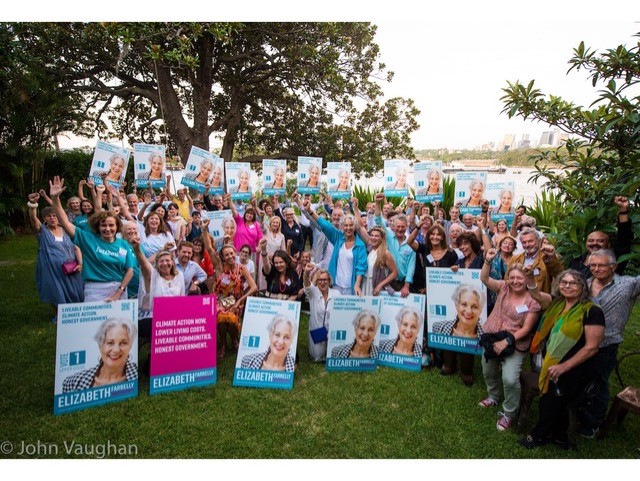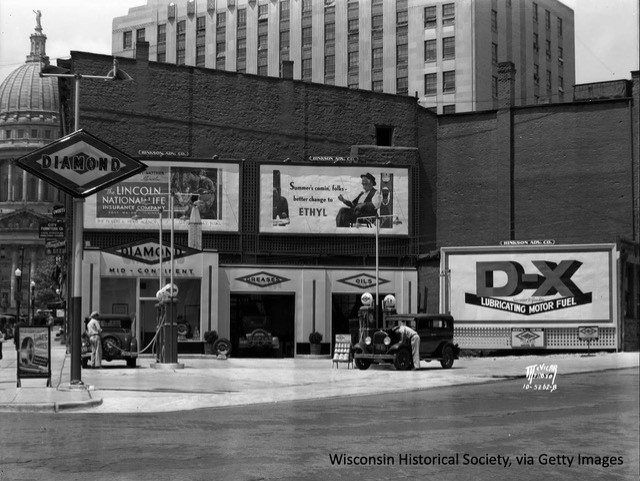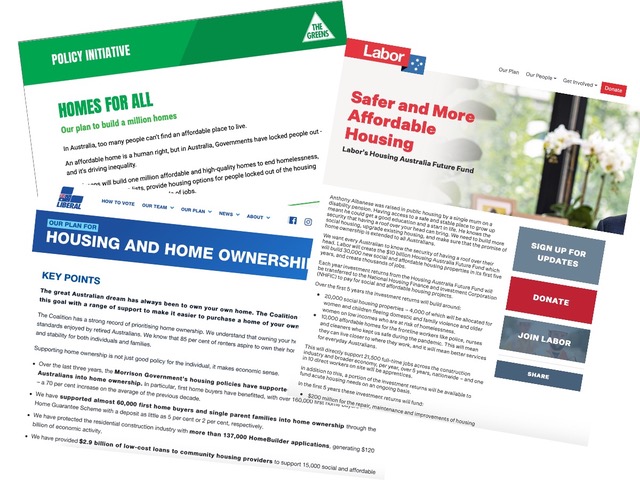
NO NO NO NO Novation
Among the many bad ideas from project managers, one of the worst was novating the architect to a builder once approval was received.
The intention was to have the architect and builder collaborate in preparing construction drawings for a better build. The resulting ‘design / construct’ approach proved a disaster for quality control, as the architect lost independence to oversee the work by the builder, especially in the view of the building Commissioner New South Wales. And many architects are now working for builders rather than for their original clients.
Now, as we face more builder bankruptcies than ever before, architects are finding their fees disappearing. Often builders pay on completion of stages, rather than on regular invoices, as is usual with clients. If the stage is not reached, or the clients delay payments, there are delays in payment, or none as builders go broke.
One example; PBS, a builder originally based in Canberra, then working throughout NSW and Queensland, recently went into voluntary administration and then insolvency, originally owing $25m on many of their 80 jobs projects, now been rumoured to be $40m. They had a great track record (declaration: we worked on seven projects together, mostly in great collaboration), but the combined effects of Covid, a big wet, and soaring price have ended it all, with many subcontractors, and consultants, owed heavily.

Architects as politicians
We have had few architects as politicians. Ted Mack was a standout at all three levels of government: Mayor, state and federal representative for North Sydney. Another is Elizabeth Watson-Brown who won the electorate of Ryan for the Greens in the May 2022 federal election. Now, Elizabeth Farrelly is standing for the upper house in the NSW in tomorrow’s election. OK, not technically an architect, but a well-known writer on architecture and culture. And enthusiastic user of corflutes as seen in the image.
Farrelly was once a weekly columnist for the Sydney Morning Herald, but she lost her position in failing to declare her potential candidature for the Labor Party for the federal election. This time round, she's running as an independent, with campaign material in ‘teal’, and Caroline Pidcock, another architect, in her team. How successful will she be? I’ve no idea, and will report next week. But in the meantime, Sportsbet has her at longer odds than the Socialist Alliance. Ouch!
But what I will predict is that the lower house will be a Labor minority government this time next week.

Thomas Midgely, disaster chemist
I hadn't heard of him either, but Thomas Midgley was the villainous chemist of the 20th century. A celebrated inventor in his day, he created two of our worst chemical disasters: adding lead to petrol (to avoid engine knock), and inventing Chlorofluorocarbon or CFC refrigerant. The former arguably killed or maimed millions, and the latter caused the loss of the ozone layer. How could one man cause so much damage? Assiduous campaigns were needed to rid both, taking lead out of petrol, and changing the refrigerant. You can read more in the excellent New York Times article here.

Acronym of the week: No Hope
No Hope stands for No Housing Policies, Ever. There were some slim ideas for housing policies in the federal election (as in the image). This and next week we are witnessing an absolute failure to have any decent housing policy. The Labor government is intending to spend $10bn on … wait for it … you won’t believe this … a housing fund, the profits of which will be used to build social housing. Not the straight $10bn, all of which is needed every year to rectify the major social welfare problem facing this country.
I predict Labor will be in minority government next time, relying on the Greens (as I am sure will happen in NSW). And, as the Greens are the only ones with a decent housing policy, it looks like we are going to have to wait until 2025 to look after the 10% of our households currently in severe housing stress.

Bookends: Palm Springs
We end with a brief review of two books on a similar topic, this week Palm Springs, a modernist paradise created in the desert, two and a half hours east of Los Angeles. A retreat for East Coasters fleeing the winter snow, its warmer desert climes became home to homes by Neutra, Cody, Frey, Wexler, Krisel and many others. The modernist cannon. This in turn attracted great photographers, including Julius Shulman, modernist expositionist, and Tim Street-Porter, elsewhere the exposer of SoCal PoMo, including Thom Mayne, Eric Owen Moss and Frank Gehry. Amongst the more than twenty books on PS, these are the treasures.
Not so much ‘lost in palm springs’ (sic). It’s a personal diary and travelogue by Melbourne architect Dr Greer Honeywill. Sad to report that the book is one of the worst I’ve ever seen, not just on PS but on architecture. The writing is folksy, cloying and less insightful than a travel brochure. She revels in the phone camera shots she takes walking down the streets, as thousands of tourists do. No book on architecture can be taken seriously with just one interior shot (unless you subscribe to the Melbourne ‘street theatre’ concept).
The saving grace, if there is one, is a connection she draws between Palm Springs and Australia, seen through selected Canberra and Melbourne houses. Honeywill has curated an exhibition based on the book at HOTA (Home of the Arts, Queensland).
More things next week. Tone Wheeler is an architect / the views expressed are his / contact at [email protected].

